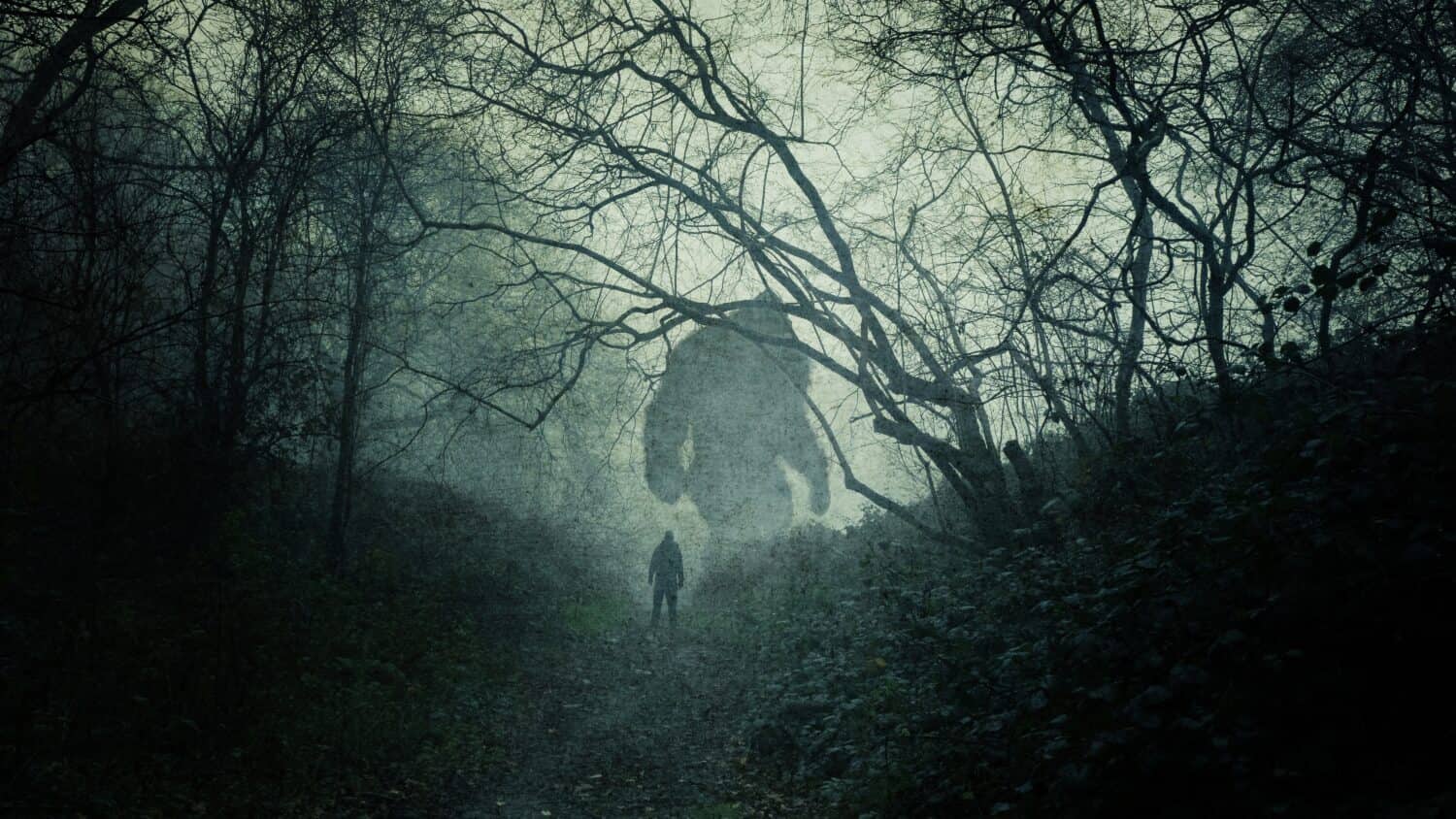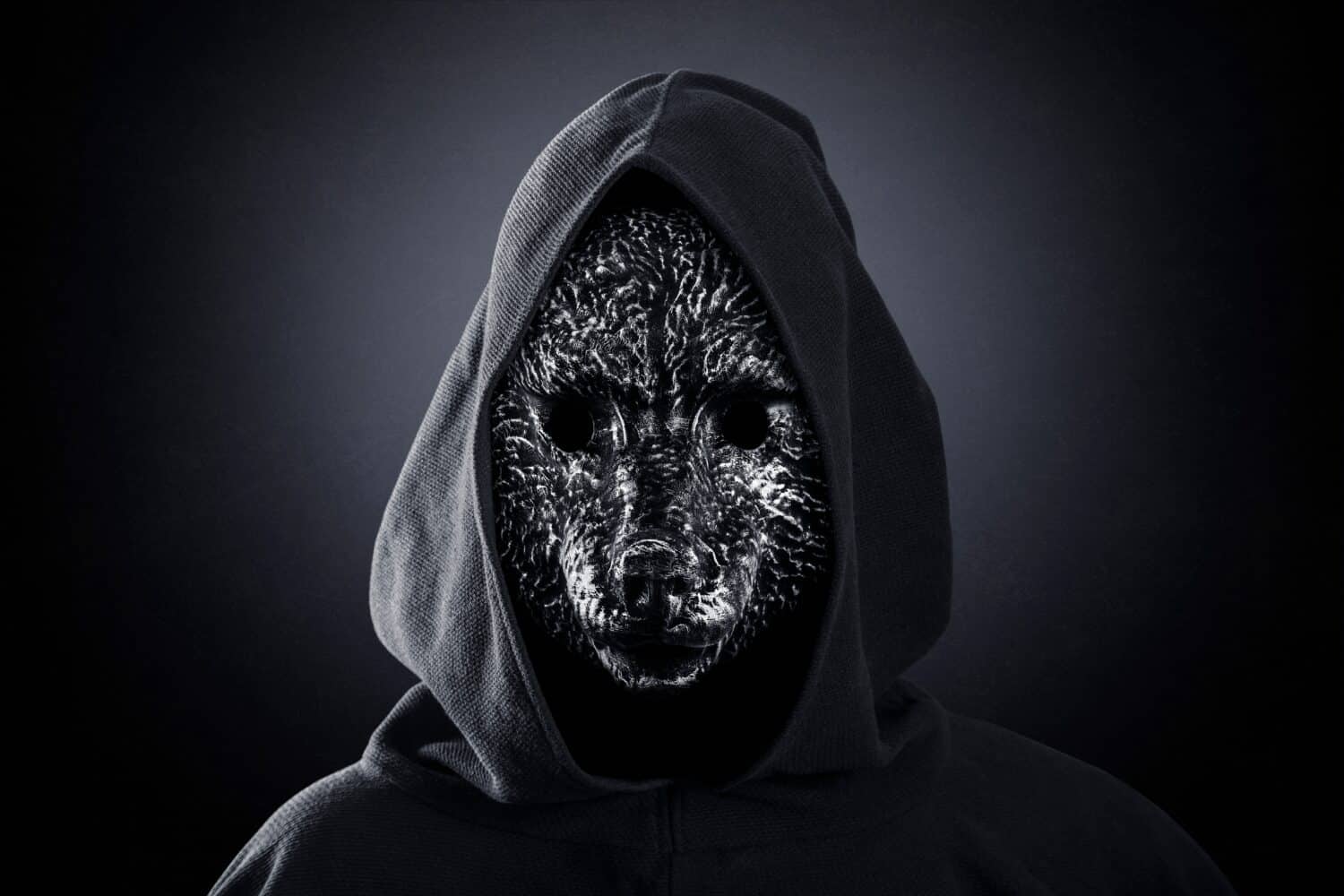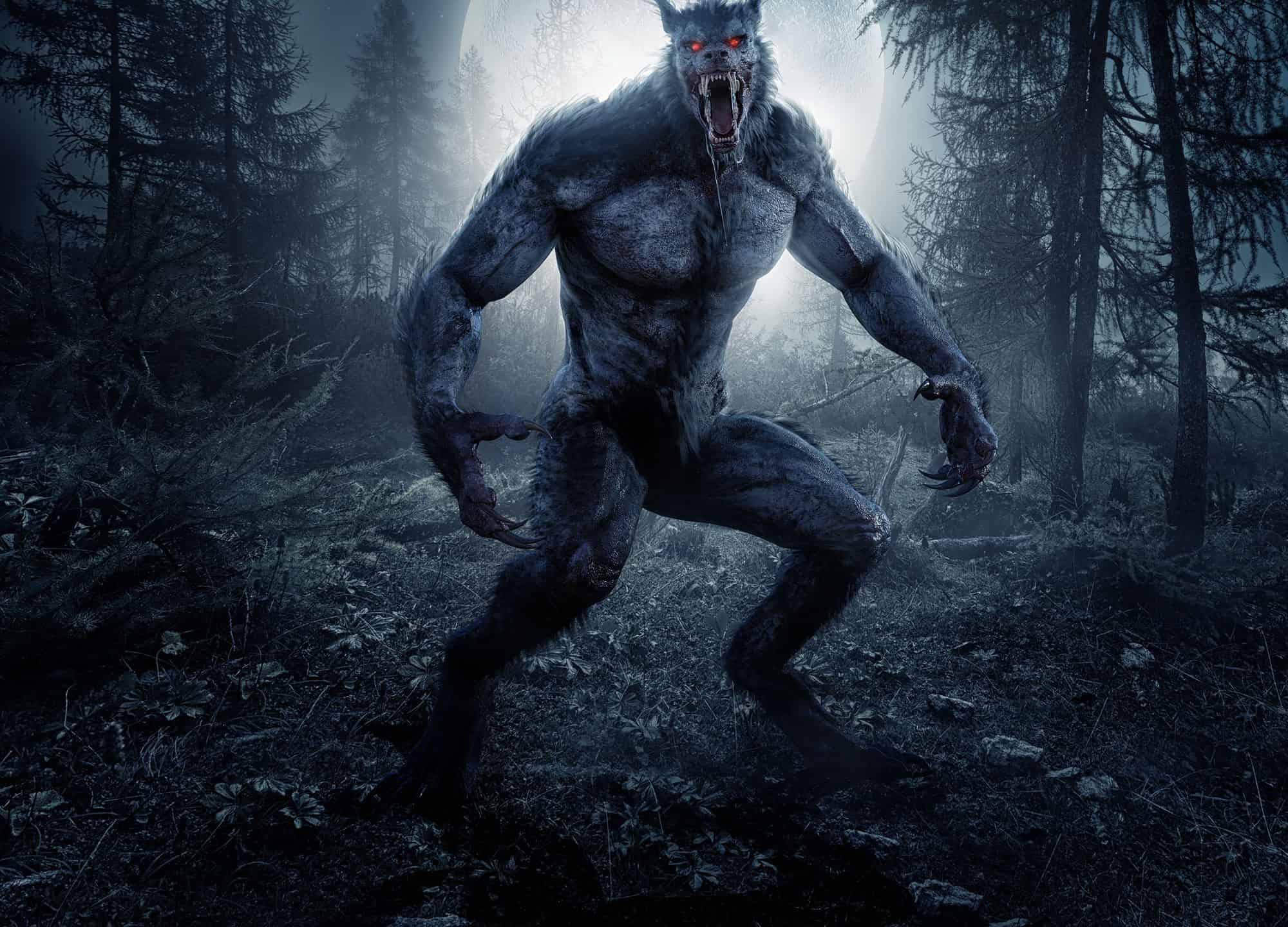Humans love horror, fantasy, and the mystery of the unknown. It is this love that drives us into exploring the minds of serial killers. It is this fascination that leads us to abandoned towns in search of ghosts. We want to know if there is a beyond, and we want to know how fearless we can be in the face of the monsters that come from it. Monsters, ghosts, cryptids, and the rest of the paranormal world – we want to know it deeply. We want to feel our heartbeats quicken as we wander dark forests at night or visit haunted attractions.
It is this curiosity and fear that had led us here, to Elkhorn, Wisconsin, where a mysterious beast has allegedly been sighted. One of half a dozen or more Wisconsin cryptids, the Beast of Bray Road is a legend that excites and haunts local residents and thrill-seekers alike. We’re going to take a closer look at the legend of this beast. Let’s explore the possibility of its true existence. First, let’s learn about what cryptids are.
What is a Cryptid?

What monstrous beasts truly roam the Earth, and are they malevolent?
©Raggedstone/Shutterstock.com
A cryptid is an animal or creature that may or may not exist. To get more specific, a cryptid is a creature that has been alleged to exist without its existence being confirmed. Bigfoot, Mothman, and the Loch Ness Monster are arguably three of the most famous cryptids in the world. Reports of their sightings predate recorded history, which lends some weight to the notion that humans have always been equally fascinated by and afraid of the creatures that share our world.
Cryptozoology is the field of study related to researching cryptids. It isn’t just cryptids. Cryptozoologists research hidden and unknown creatures to try to prove their existence. Most people see cryptozoology as pseudoscience, but it was this field of study that resulted in the discovery of the Komodo dragon. Many animals used to be cryptids – the platypus, the okapi, and even the gorilla. Did you know that the gorilla was a cryptid until its true discovery in 1847? It is this knowledge that drives modern-day cryptozoologists to keep working. Animals that used to be mythical are now known parts of our world. While we cannot personally confirm the existence of a Yeti or a Hodag, perhaps one of these passionate researchers will someday.
The Beast of Bray Road
The Beast of Bray Road is a werewolf-like creature that is said to wander Bray Road in Elkhorn, Wisconsin. This wolfman, or dogman, is usually spotted scavenging or eating. People who believe in him think he only appears when he is hunting. Otherwise, it seems he prefers to hide in solitude when he isn’t hungry.
His physical description is terrifying. Witnesses claim he walks on two or four legs, and that he is at least 6 feet tall. He has a humanoid body that is covered in a shaggy coat of hair or fur. Large, glowing eyes peer out of a massive, wolf-like head in intense tones of yellow, orange, or red. His fur is gray or brown, like a wolf, but witnesses say he much more resembles a very muscular man.
Many Indigenous people of the area believe the beast is a Wendigo. A Wendigo is an evil spirit that was once human. The Algonquin peoples believe a Wendigo is created following acts of extreme moral bankruptcy or possession by an evil spirit. Starvation-induced cannibalism is one of a few reasons a man would turn into a Wendigo. As man becomes Wendigo, he exhibits growing selfishness, greed, violence, and hunger. Acting upon his cravings with no regard for the human life around him causes him to undergo the full transformation into a monster. Whether true or myth, this legend enforces moral righteousness through social critique and cautionary tales. If the Beast of Bray Road is a Wendigo, he exists as a result of his own foul deeds.
Alleged Sightings of the Beast

Man-like wolves have haunted human psyches for hundreds of years.
©Jakub Krechowicz/Shutterstock.com
The earliest sighting of the Beast of Bray Road occurred in 1936. Mark Shackleman, a night guard for St. Coletta School for Exceptional Children, reported two consecutive sightings of the beast on the school grounds. He claimed that the beast was digging into an ancient burial mound and that he could smell putrefied flesh. When the beast caught sight of him, two big glowing eyes peering out of a shaggy, canine face, it quickly fled into the forest. The next night, it happened again, but this time, the beast said something. Shackleman says it opened its gaping maw in a horrendous half-human growl that haunted him for years after. He isn’t sure if it said anything, just that it sounded as much human as it did beast. After it once again fled into the forest that night, he never saw it again.
The next set of sightings didn’t occur until the 1980s. Several witnesses claimed a large wolf-life creature had attacked their vehicles. They said the beast had left long scratches on their cars during the attacks. One woman, in particular, claims she hit something on the road. She says she was chased back into her car by a beast when she exited the vehicle to investigate what she had struck. She claimed the red-eyed beast left long claw marks in her rear passenger door during the chase.
Daytime sightings have also occurred. Some witnesses say they saw the wolf-like man running on all fours through fields, sometimes in pursuit of deer. Many of these witnesses justify their sightings with the rash of animal mutilations in the area surrounding Bray Road. Some claims state that it must be a beast greater than a wolf due to the way roadkill and other animals have been deconstructed. Specific organs are said to have been removed from some of the carcasses, indicating intelligence and purpose over simple hunger.
Sightings remained regular through the 90s, including a report from one woman that the beast had actually broken into her home.
Investigating the Legend
One brave reporter, Linda Godfrey, took on the task of finding out more about this beast. She followed several leads, including collecting eye-witness reports of the beast. She also visited the Walworth County Animal Control office, where she was able to scan a large number of reported unknown animal sightings. Most of these sightings were collected in a manila envelope labeled with one word – “werewolf”.
In her research, she also came across hundreds of reported sightings of big cats in the area. The Department of Natural Resources claimed those sightings were more than improbable – they were impossible. The implications of these sightings are far-ranging. It has been over 100 years since there were wildcats on Wildcat Mountain in Wisconsin, but Linda collected 150 or more reports of puma or black panther sightings in the area. Politically and ecologically, these sightings could change the shape of western Wisconsin as we know it. Linda’s vast works on cryptid and large cat sightings illuminate the belief, faith, and mystery contained in the hearts of Wisconsin residents. Linda passed away in November of 2022, but her works live on, thrilling curious hearts and entertaining the idea of something greater than ourselves lurking in the Wisconsin wilderness.
Is the Beast of Bray Road Real?
The most powerful thing about cryptids like the Beast of Bray Road is that we cannot know how much of their existence is based on reality. Surely, not all of these witnesses were imagining beasts haunting the sides of the road or running through the forests. But was it an unknown creature, a mythical beast, or was it something much more ordinary? Much like Komodo dragons and gorillas, there is a distinct possibility that some large animal we do not yet know is wandering Bray Road. For now, the logical mind must suspect that these sightings are based on skewed perceptions of real-life creatures like the gray wolf or a large domestic dog. For the more supernaturally inclined, there is plenty of information, folklore, and hope that can ignite the search for something larger than we currently know.
Either way, it is this kind of folklore and legend that keeps hearts alive. Our quest for knowledge and our willingness to believe that there is something more out there has led the human race to some of the greatest discoveries in the world. In this way, the Beast of Bray Road is very much real and alive – in the hearts of those willing to believe.
What Did They Really See?
If the Beast of Bray Road is all myth, then what did all those witnesses see? Should the skeptics be correct and there be nothing else out there, what was actually spotted? Of course, we must acknowledge that some purported sightings are hoaxes – the vivid imaginations of local youth or the fearful imaginings of people afraid of the dark. We have established that this cannot fully be the case. Something is out there, eating roadkill and living in the rural areas surrounding Elkhorn.
People trying to explain the reported sightings have offered several potential explanations. Some claim mass hysteria and boredom. Others say it is likely wolves or large, feral dogs such as a Newfoundland or a great Pyrenees. It is also possible that it is a black bear with mange. Black bears commonly stand on their hind legs and are frequent food foragers. This would explain any claw marks on vehicles and the way the creature has been reported as more likely to flee than engage. Could it be that the Beast of Bray Road is just a mangy mother bear, protecting its young when needed and otherwise wandering its territory? This, too, would make for a great local legend.
Where is Bray Road?
Now that you know about the Beast of Bray Road, you may want to know exactly where it’s located. We cannot recommend going out and hunting the beast – if it is just a wild animal, it’s dangerous and unethical to disturb it. However, all legends have a source, and some people want to get closer to that source. We have provided a map that shows the location of Bray Road, but we advise respect and caution if you visit. Wildlife and locals alike may not appreciate strangers skulking around in the night.
Other Wisconsin Cryptids
As we stated before, the Beast of Bray Road is not the only cryptid in Wisconsin. We’ll finish off with a handy table of Wisconsin Cryptids – what they’re called, what they look like, and where they live.
| Name | Description | Where They Live |
|---|---|---|
| The Hodag | 7 feet tall, over 200 pounds. Frog head, elephant face, body of a dinosaur, and thick, short legs with a long, spiked tail. Glowing green eyes and horns sprouting from its head. Huge fangs protrude from a mouth that can emit fire. | Rhinelander, Wisconsin |
| Thunderbirds | Massive, avian raptors with enormous wings that produce thunder when they flap. | Northern Wisconsin |
| Lake Winnebago Water Monster | A large, fish-like creature that can swallow moose whole! | Lake Winnebago, Wisconsin |
| Devil’s Lake Monster | Dark brown and spotted with snake eyes, a horse-head, and a long neck and body. | Devil’s Lake, Baraboo, Wisconsin |
| Rocky (The Rock Lake Terror) | Dark brown and spotted with snake eyes, a horse-head, and and a long neck and body. | Rock Lake, Wisconsin |
Thank you for reading! Have some feedback for us? Contact the AZ Animals editorial team.








